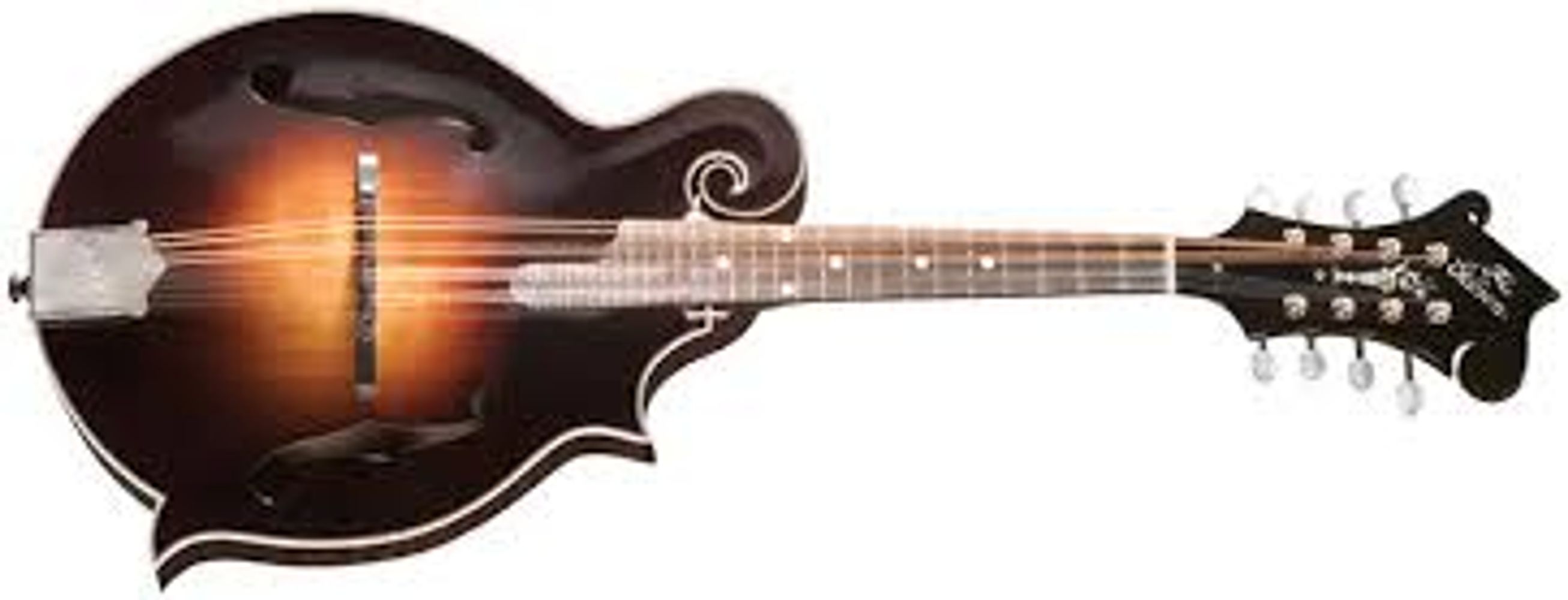Bruce Bernhart Mandolin Websites
Updated!
Original articles, tabs, plus the "best of the web" by mandolin enthusiast/teacher Bruce Bernhart
Bruce Bernhart Presents: Waltzes
Updated January 4, 2021
In Minnesota, Bruce Bernhart has been a mandolin player/ enthusiast since the 1980's
The Bruce Bernhart Mandolin Webpages explore the history of the mandolin, buying and building mandolins, the various makes and models of mandolins available on the market, basic chord structures, different styles of playing, practice exercises, and the best of the web on various mandolin topics.
Latest in the Bruce Bernhart Website Series
New! Tabs for Popular Fiddle Tunes: "Ootpick Waltz" "Margaret's Waltz" "Heron Point"
Bruce Bernhart Discusses the Waltz
I love playing waltzes on the mandolin. The melodies and tremolos work in tandem to produce a wonderful sound that can be intoxicating. Unlike traditional bluegrass, waltzes are defined by very distinct and defining melodies that are played at a slower meter, requiring repetitive practice in order to memorize the tune.
Waltzes also have a very interesting history, as this excellent article from essortment.com reviews:
The word waltz comes from the German word "waltzen," which means "to turn." The turn is the essence of the waltz step. The waltz is done in 3/4 time with an accent on the first beat of every measure. Each series of movements is a turning step and a close. Today, it is often danced on a light foot, although this was not always the case.
Precursors to the waltz were the allemande and the minuet. The allemande was a stately dance done in two lines. Partners faced each other and moved back and forth, sometimes going under the arms of the other line, or processing down the middle. The minuet was a square-step dance performed in a rigid and stately manner. The waltz itself is Viennese, and it evolved in Austria and Bavaria under such names as the Dreher, the laendler and the Deutscher. It was created as a peasant dance in early Austria, and involved robust moves and lots of space. Often, partners were hurled into the air in moves that occasionally led to injury and miscarriage. Because peasants wore loud, thick shoes, it was also very noisy. When it first became popular in Viennese dance halls in late eighteenth century, these aspects began to change.
The waltz was termed the "forbidden dance" for one reason. When it moved into Viennese dance halls, partners were allowed to touch! This was unheard of, and led to the dance being slandered by many officials of the church and leaders of the Austrian community. Because it was a favored dance of the young, however, it continued to be danced. Because of its transition to dance halls and city gathering, it evolved into a light dance for polished floors and parties. Its music also changed, becoming more refined and orchestrated. Notable instruments used to play it were the piano, the violin and the bass. In 1787, it was brought to the operatic stage, inviting huge debate. Mozart was a huge fan of the waltz, and in one of his operas, Don Giovanni, three waltzes are played at once in one scene! Clearly, the dance could not be stopped.
By the 1800's, Paris had fallen in love with the waltz. It did not arrive in England until later, where it was first denounced, and then accepted. A final public acceptance of it in 1819 allowed the waltz to reach the popularity that it still has today.
Today, the waltz is danced in all corners of the world. Its predecessors have mostly died away, but in their place the waltz is acclaimed in Asia, Australia, America, Canada and South America as a favorite dance. Its label as the "forbidden dance" has been taken instead by the tango, a dance that arose from the slums of Argentina.
Thank you for visiting the Bruce Bernhart websites!
Be sure to visit the other Bruce Bernhart Mandolin Websites:
Bruce Bernhart mandolin rock tabs
Bruce Bernhart mandolin lesson on scales, meter, using a metronome
Bruce Bernhart mandolin purchase tips
Bruce Bernhart mandolin orchestras, tuning
Bruce Bernhart on mandolin family history
Bruce Bernhart on string and saddle adjustment
Bruce Bernhart beginning mandolin lessons one and two
Bruce Bernhart on the mandolin family tree
Bruce Bernhart on temperature considerations
Bruce Bernhart lessson on mandolin flats and sharps
Bruce Bernhart lesson on chromatic scales, circle of 5ths and meter
Bruce Bernhart on mandolin chord theory
Bruce Bernhart mandolin C and G major chord diagrams
Bruce Bernhart on emergence of the modern mandolin
Bruce Bernhart on two finger mandolin chords
Bruce Bernhart on whole and half steps on the mandolin
Bruce Bernhart perpetual motion practice excercises
Bruce Bernhart on playing waltzes on the mandolin
Bruce Bernhart on majors, minors and sevenths

Also, check out the Bruce Bernhart RV Websites and Blogs:
The care and feeding of your RV battery
The sport of "geocaching" and RV refrigeration basics
The basics of RV power inversion
Advanced discussion on power inversion
Tips on buying a house battery and cold weather maintenance
Buying the right generator for your RV and portable power
RV television reception options
Thanks for visiting Bruce Bernhart Mandolin Website #10
Look for additional Bruce Bernhart mandolin articles!
Copyright © 2020 Bruce Bernhart Websites - All Rights Reserved.
Powered by GoDaddy
